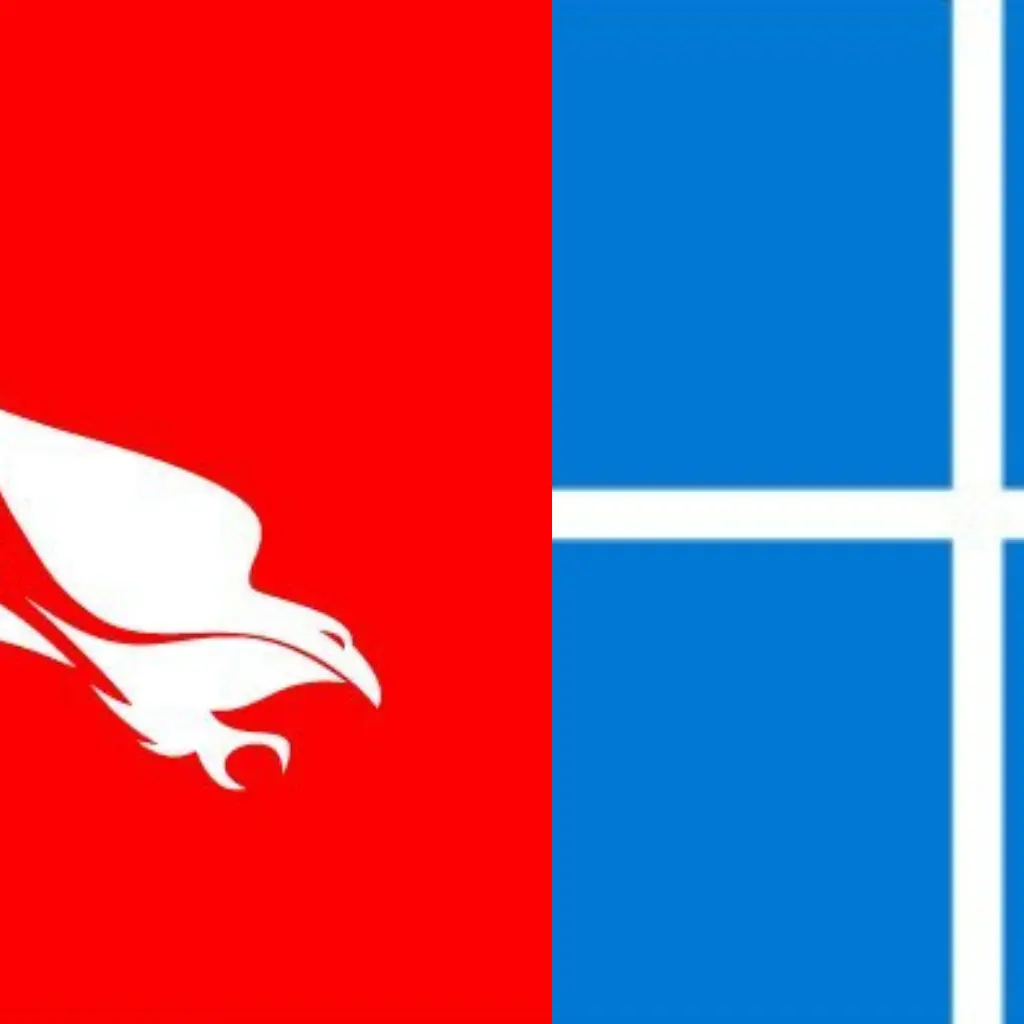In an unprecedented turn of events, a global IT outage has swept across multiple industries, causing widespread disruption and chaos. The root cause? A software update from cybersecurity giant CrowdStrike that inadvertently locked numerous Microsoft systems worldwide. This critical failure has led to grounded planes, interrupted banking services, and affected airports and other vital infrastructure across the globe.
CrowdStrike, a leading player in the cybersecurity arena, is renowned for its cloud-based protection services, including threat assessment, endpoint protection, and rapid response to potential cyberattacks. Ironically, it’s this very company’s update that has brought many of the world’s digital systems to a grinding halt.
The scope of the outage is staggering. Businesses, airports, railways, banks, hospitals, IT companies, and most TV networks have reported significant disruptions. The impact has been felt across continents, touching nations such as the United Kingdom, United States, Singapore, Kenya, India, New Zealand, Australia, and several East African countries.
Major platforms and services experiencing issues read like a who’s who of the tech and business world: Amazon, Microsoft, Microsoft365, ADT, Delta Airlines, 911.gov, Plentyoffish, Black Desert Online, Sky News, and even the American Stock Exchange. The sheer scale of affected services underscores the interconnectedness of our global digital infrastructure and the potential for cascading failures.
Microsoft, being at the center of this digital storm, has reported that the infamous “blue screen of death” is primarily affecting computers running Windows 10. Other versions of the operating system appear to have escaped unscathed, highlighting the complex interplay between software updates and different system configurations.
Tech mogul Elon Musk, known for his bold statements, has dubbed this the “biggest IT outage in the world.” While such claims might be hyperbolic, they underscore the severity and far-reaching implications of the situation.
You May Also Like
-
 Miss Universe 2024 Winner: Denmark’s Victoria Kjær Theilvig Shines Bright21 Nov 2024 Entertainment
Miss Universe 2024 Winner: Denmark’s Victoria Kjær Theilvig Shines Bright21 Nov 2024 Entertainment -
 CAF committee Libya fined $50,0000 and lose 3 points to Nigeria07 Nov 2024 sports
CAF committee Libya fined $50,0000 and lose 3 points to Nigeria07 Nov 2024 sports -
 Portugal Launches €7 Coin to Honor Cristiano Ronaldo19 Oct 2024 sports
Portugal Launches €7 Coin to Honor Cristiano Ronaldo19 Oct 2024 sports -
 Wizkid new single Piece of my heart stay on Apple nigeria no.1 spot18 Oct 2024 Music
Wizkid new single Piece of my heart stay on Apple nigeria no.1 spot18 Oct 2024 Music
CrowdStrike has announced that they’ve identified and addressed the root cause of the problem. However, the path to full recovery is far from simple. The company has indicated that restoring full services may require individual attention to each affected computer – a daunting task that could demand significant professional resources.
This presents a substantial challenge for impacted organizations and users, potentially leading to prolonged downtime and lost productivity.
The fallout from this incident is expected to be severe and long-lasting. Industry analysts are predicting dire consequences for CrowdStrike, suggesting the company might struggle to recover from the global damage caused by their failed update. Experts anticipate a significant drop in CrowdStrike’s stock value, potentially losing up to a fifth of its worth as investors react to the crisis.
Moreover, there are hints of potential class-action lawsuits on the horizon. Such legal action could further impact the cybersecurity giant, potentially crippling its operations and damaging its reputation in the long term. The incident serves as a stark reminder of the immense responsibility borne by companies operating in the cybersecurity space and the potential consequences of even minor errors.
In response to the crisis, CrowdStrike’s President and CEO recently issued a statement on X (formerly Twitter). The statement aimed to clarify several points and assuage concerns. First, it was noted that Mac and Linux hosts were unaffected by the update, limiting the damage to Windows systems. The CEO assured Windows users and organizations that the problem had been identified and a solution developed.
Importantly, the statement emphasized that the outage was due to a bug in a development file rather than a coordinated cyberattack. This distinction is crucial, as it rules out malicious intent but raises questions about CrowdStrike’s quality control and testing procedures for updates.
For those affected by the update, CrowdStrike has provided a step-by-step guide to resolve the issue:
- Boot Windows into Safe Mode or the Windows Recovery Environment
- Navigate to the C:\Windows\System32\drivers\CrowdStrike directory
- Locate the file matching “C-00000291.sys*” and delete it
- Reboot the computer normally
While these steps offer a path to recovery for individual systems, the sheer scale of the outage means that many organizations will face a time-consuming and resource-intensive process to restore normal operations.
This incident serves as a wake-up call for the tech industry and businesses worldwide. It highlights the delicate balance between security and stability, and the potential for security measures themselves to become points of failure. It also underscores the need for robust testing procedures, especially for updates to critical security software.
As the dust settles on this global IT crisis, questions will inevitably arise about the resilience of our digital infrastructure and the safeguards needed to prevent similar incidents in the future. The tech community, regulators, and businesses alike will need to reassess their approach to software updates, system interdependencies, and crisis management in an increasingly interconnected digital landscape.
For now, as organizations and individuals grapple with the aftermath of this unprecedented outage, the incident serves as a stark reminder of our deep reliance on technology and the potential for even the most trusted names in cybersecurity to become unintentional sources of disruption.





